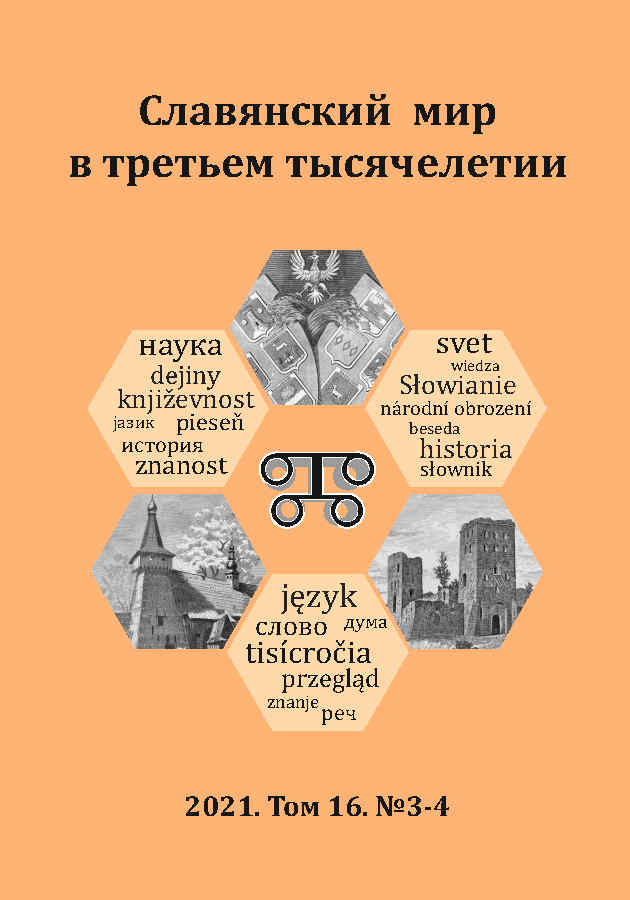Strategies of Translation of Turkmen Poetry from the Almanacs of the 1930s into Russian: Preliminary Observation
DOI:
https://doi.org/10.31168/2412-6446.2021.16.3-4.08Keywords:
Turkmen poetry, Soviet literature of the 1930s, translation, national literatures of the USSR, Arseny Tarkovsky, Georgy Shengeli, Magtumguly, Kemine, Ata Nyýazow, Amandurdy Alamyşow, Oraz TaçnazarowAbstract
The 1930s marked a period of active development for Turkmen-Russian translations, both for ideological reasons and owing to the nature of the literary culture at that time. Translations from Turkmen into Russian were carried out using interlinear translations, and the requirement was not only to create a successful adaptation, but also to adhere to ideological norms which had been implemented in the republics of Central Asia through literary policy. It is clear that we need to distinguish between translations of classical Turkmen literature and translations of 1930s poetry. In the latter case, it was the authors who met the state ideological requirements that were, from the outset, selected to be translated; in the former case, a classical work had to be adapted to the prevailing political trends. Nevertheless, one would be wrong to assume that translations from Turkmen into Russian were completely politicized. Descriptions of nature were translated alongside works that evidently were to accomplish ideological tasks. It should, however, be noted that poems of contemporary authors, unlike the classics, were rarely translated in full. As a rule, the translator was working with lengthy texts and only the best stanzas were selected for translation. The present article analyzes several 1930s poetry translations in comparison with their later versions (in particular, the works of Magtymguly, Kemine, Ata Nyýazow, and Amandurdy Alamyşow). The article aims to track the changes made to poetic texts depending on the contemporary trends that the translation had to follow. We suggest that the aim was not only to improve the translations and make them fit the Soviet literary tradition, but also to make them more consistent with the contemporary ideological agenda.
Received 30 September 2021



